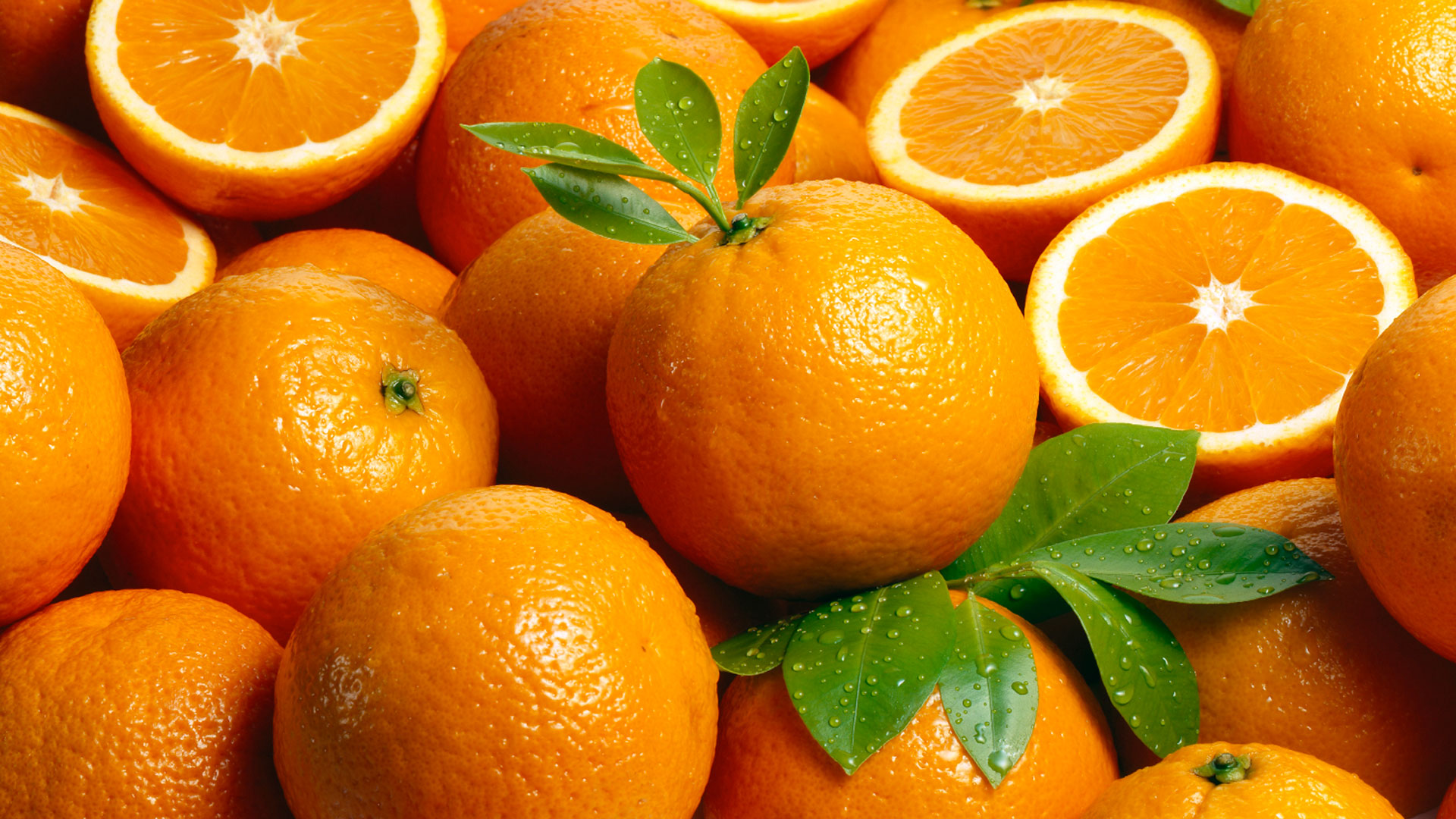The objective of this study was to evaluate different potassium fertilizers: KCl, KNO3, K2SO4 and K-MgSO4 (double potassium and magnesium salt) and to determine their effects on the fruit quality and yield of ‘Valencia’ orange (Citrus sinensis (L.) Osbeck), after three years of applications.
Eighteen-year-old orange trees grown on La Rosa series soil, classed as Mollisol, were used. Fertilizers were manually applied at the beginning of the spring season each year (1990, 1991, 1992) in two furrows, one on each side of the tree’s projection canopy, at a 25 cm depth. Each year an equivalent dose of 3 kg of K2O per tree was used.
The experiment consisted of a randomized complete block design with five treatments and six replicates. The initial average concentration of potassium in the leaf was 5.7 g K/kg, which was indicated to be low. The available potassium level in the soil was medium with 0.5 cmol/kg exchangeable K in the first 20 cm and low with 0.25 cmol/kg exchangeable K at 20-40 cm depth.
The potassium content in the leaves was incremented already in the second year in the KNO3 and K2SO4 treatments and in the third year in all treatments in relation to the control treatment. The higher potassium concentration was obtained for KNO3 (6.8 g K/kg), compared to 6.0 g K/kg for the other K-sources.
Fruit yield increment was not present, but there was an increase in fruit size. Potassium nitrate and potassium chloride statistically significantly increased the average individual fruit weight compared to the other K-sources (Table 1). All K-treatments produced an increase in the juice acidity.
Table 1. Effect of different potassium sources on yield characteristics of ‘Valencia’ orange




